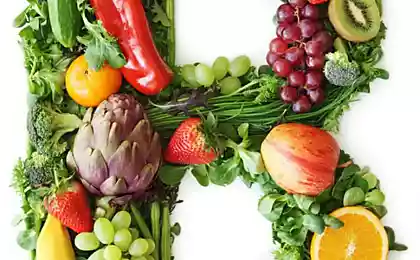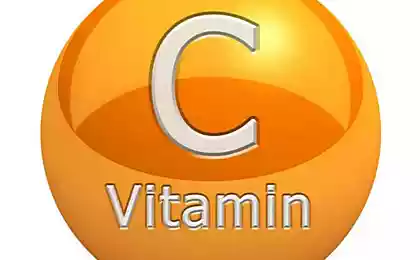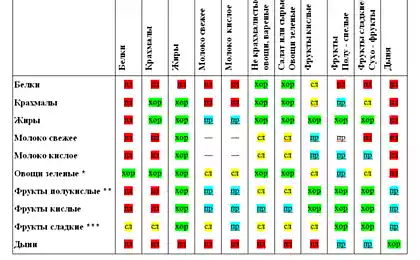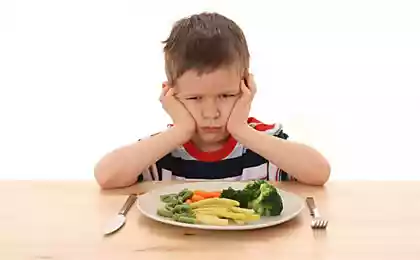266
What foods to compensate for the lack of vitamin C
Vitamin C supports immunity – protects us from infections and viruses. It is thanks to the king of vitamins that we get sick less often and recover faster. Therefore, taking ascorbic is often recommended for colds, during periods of spring vitamin deficiency.

The human body cannot produce ascorbic acid on its own, but we can consume it regularly with food.

The daily norm for an adult is 60-70 milligrams, and to perform it without problems readers will help our top 20 foods with the highest content of vitamin C.
Foods high in vitamin C
Vitamin C is of great importance for the human body, and its deficiency can adversely affect health. Despite the fact that citrus fruits are the most famous source of vitamin C, this nutrient can be found in a huge number of vegetables and fruits.
Moreover, in many of them vitamin C exceeds its concentration in citrus fruits. By including vegetables and fruits from our list in the diet, you can fully satisfy the body’s need for vitamin C. This will be the first step towards a healthy lifestyle and the best way to prevent disease.

The human body cannot produce ascorbic acid on its own, but we can consume it regularly with food.

The daily norm for an adult is 60-70 milligrams, and to perform it without problems readers will help our top 20 foods with the highest content of vitamin C.
Foods high in vitamin C
- Plum cockatoo
Ferdinand terminal, aka cockatoo plum, is the richest source of vitamin C known: up to 5,300 mg per 100 g of weight, which is 88 times more than in oranges! View this post on Instagram
Fun ingredients. Plum Kakadu (unique Australia #superfruit). Originally, #TerminaliaFerdinandiana was discovered in Kakadu National Park (#Australia), which is listed as a UNESCO World Heritage Site. This tree plant belongs to the rarest family Combretovy, and is not a relative of the household plum known to all of us. The plant grows wild, exclusively in the forests of Australia in the northwest of the continent. The world famous plum cockatoo received after it turned out that it is the richest natural source of vitamin C in the world. It was significantly more than the second-placed Myrciaria dubia and 50 times more than the Orange. Kakadu National Park, where this superfruit was first found, is a place of great ecological and biological diversity. It is also the place where the harshest climatic conditions manifest themselves. Constant exposure to very active sunlight, in the process of evolution, forced the plant to develop a highly effective defense system in order to survive. This system consists of a cocktail of powerful antioxidants that protect the fetus from ultraviolet radiation, and today it is the richest source of natural energy. The fruit of KAKADU Plum is harvested in remote areas in North-West Australia. Therefore, they are usually harvested by Australian Aborigines who care about their land and pass on knowledge and traditions through generations how to find and use this unique fruit. For tens of thousands of years, Australian Aborigines have lived in what is now Kakadu National Park. They have traditionally consumed plum flesh during long hikes or hunting, and have used it for medicinal purposes for 40,000 years. #activecomponents #jeandarcelukraine #jeandarcel #kakaduplum #active ingredients #interesting fruits
A post shared by Prof Cosmetics Store (@medissacare) on Jul 2, 2015 at 1:38am PDT
An exotic fruit grows in Northern Australia. It is now widely used in cosmetic and pharmaceutical products. - Barbados Cherry (Acerola)
Evergreen Barbados cherry (acerola, acerola cherries, bare malpigia) is a tree native to South America, which ripens juicy fruits with a high content of vitamin C (up to 1600 mg per 100 g).
Growing acerola in the open ground in our latitudes will not work, but growing Barbados cherry at home does not cause much trouble.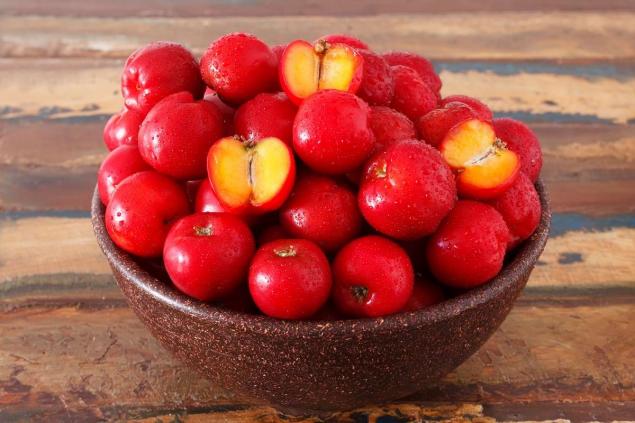
The plant is unique and really very useful, and its fruits have a lot of healing properties. - Rosehip berries
100 grams of fresh rosehip fruit contains an average of 650 milligrams of ascorbic acid, which is 14 times more than the pulp of lemons. But there are berries raw does not work at all: microscopic hairs scratch the larynx.
Are there any benefits to drinking from rosehip? Surely. vitamin C when heated It collapses. There are several ways to prepare a drink from rosehip: in the first berry just pour boiling water, and in the second, first keep 15 minutes in a water bath, and then 4 hours in a thermos.
As experiments have shown, in the first case, half of the ascorbicum is lost, and in the second - only a third. At the same time, there is still more vitamin C in a cup of drink than in a liter bag of natural orange juice! - Buckthorn
In Russia, sea buckthorn is most often used as a natural remedy for colds and flu. Sea buckthorn is indispensable for vitamin deficiency: vitamin C (200 mg per 100 g) remains in the berries even after processing.
And how to make vitamin tea from sea buckthorn, we told in one of our articles. - Sweet pepper
Bulgarian red pepper (200–250 mg of vitamin C per 100 grams) holds the palm of primacy among vegetables in the content of vitamin C. It is proved that more vitamins and minerals are contained in well-ripened fruits.
Regular consumption of a juicy vegetable in food helps to more effectively deal with stress, strengthens the walls of blood vessels, improves vision. - Blackcurrant.
Black currant is a useful berry, which, in addition to a wonderful sweet taste with sourness, has a large set of useful properties. Needless to say, vitamin C in it is 5 times more than in lemons.
Savvy housewives grind currants with sugar or cook delicious jam. And fragrant leaves are used in the preparation of home preservation and marinades, add them as a spice when pickling cucumbers, tomatoes, mushrooms and cabbage. - kiwi
Dietary berries (only 48 kcal) kiwi have become a real find for those who like sour and want to lose weight. In Chinese medicine, kiwi is traditionally used to improve digestion.
Medium-sized fruits contain up to 70 mg of vitamin C, or 100% of the daily norm. And their regular use reduces the negative impact of stress and cholesterol levels, improves the immune system. - Parsley.
Parsley (150 mg of vitamin C per 100 g) is a real storehouse of vitamins and minerals. It is especially useful for those who want to lose weight and increase muscle mass. Due to its unique composition, the green plant accelerates metabolism, removes toxins and excess fluid from the body, stimulates the absorption of protein.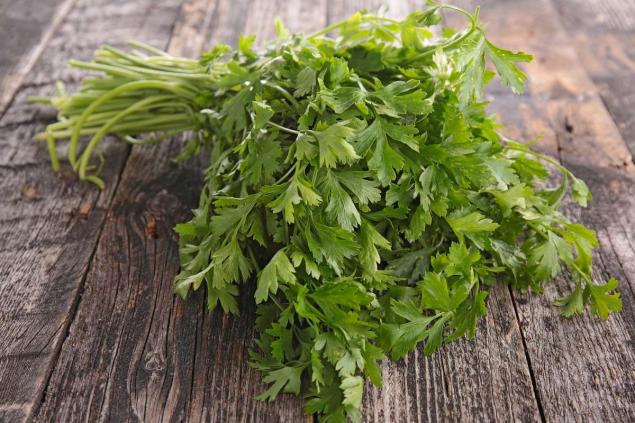
- chili peppers
In addition to the high content of vitamin C (up to 150 mg per 100 g), chili peppers are rich in capsaicin, which gives it a special sharpness. This substance causes the walls of blood vessels to expand, which reduces pressure and to some extent the risk of cardiovascular disease.
- guava
Tropical fruit with pink flesh grows in Mexico and South America. One guava fruit contains up to 126 mg of vitamin C, which is 180 % of the daily norm.
- Broccoli cabbage
Asparagus cabbage, or broccoli, is one of the best sources of calcium that our bones need. Only 100 grams of cabbage contain almost one and a half daily allowances of vitamin C.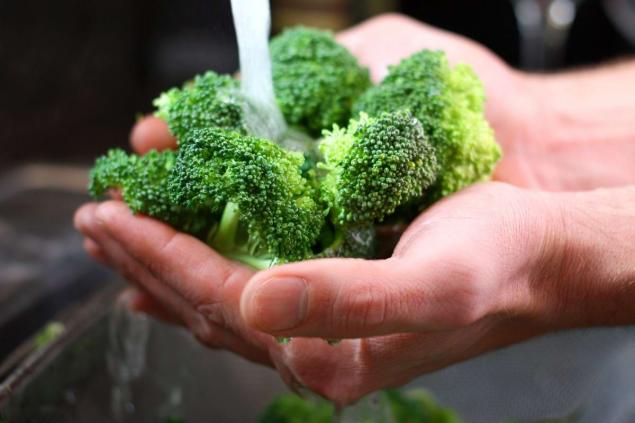
- Lici.
In addition to vitamin C (71 mg per 100 g), lychee fruits contain omega-3 and omega-6 fatty acids, which scientists call an ambulance for the mind.
It is established that people suffering from their lack often complain of poor memory, inability to concentrate, depression and fatigue. - hurma
There are many varieties of persimmon, the most common of them is Japanese persimmon. But the highest amount of vitamin C (60 mg per 100 g) is found in Virginia or American persimmon. The orange color of persimmon indicates a large amount of beta-carotene, and we know that it is useful for strengthening vision.
- Strawberry
Due to its composition, strawberries have anti-inflammatory and antimicrobial properties, with moderate use in food has a general health effect on the body.
Strawberries are rich in vitamin C. In five berries of medium size it is more than in a large orange. Another useful property of strawberries is the high content of vitamin B6 (folic acid), which is more in it than in grapes and raspberries. - Oranges
Oranges are not the most valuable source of vitamin C. But its content in juicy fruits (60 mg per 100 g) is one and a half higher than the same indicator for lemons.
Interestingly, the main supply of ascorbic acid falls on the skins, and not on the pulp of the orange. This allows us to talk about the immuno-strengthening effect of the skin on the body. Orange peels brewed with tea demonstrate a warming and anti-cold effect. - Sauerkraut.
Sour cabbage contains a large amount of vitamin C, which strengthens the immune system and prevents premature aging of cells and tissues.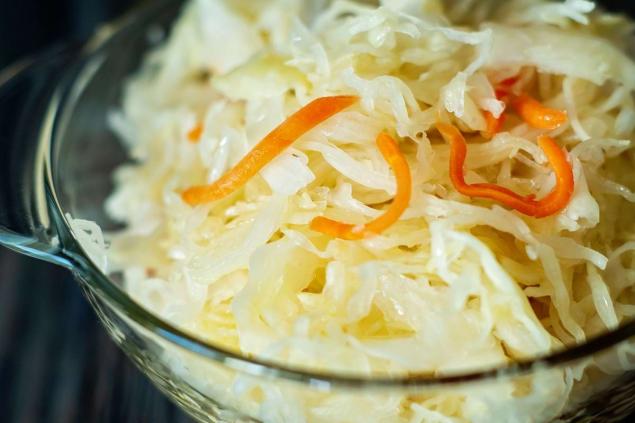
It also provides us with probiotics and prebiotics. In other words, it colonizes our intestines with beneficial bacteria and immediately supplies them with nutrition. - Lemons
In ancient times, in order not to get sick with scurvy, sailors took lemons on board ships. Hence, ascorbic acid got its name: it relieved scurvy, or grieving (Latin scorbutus).
Today we know that it is not the best source of vitamin C. One slice of lemon with tea will not be enough. To consume the daily norm, you need to eat a medium lemon along with the peel, in which, as in orange, vitamin C is more than in the flesh. - mandarins
For many of us, the smell of tangerines is strongly associated with anticipation of the New Year holidays. Mandarin is believed to be a storehouse of vitamin C.
In fact, in its orange fruits only 35-40 mg of ascorbic acid per 100 grams, which is several times less than in dry rosehip, Bulgarian pepper or black currants.
But this does not negate other useful properties of a cheerful fruit. For example, it is rich in flavonoids and organic acids, contains various vitamins, pectins, minerals, phytoncides and fiber. And the peel that we used to throw out contains a large amount of essential oils. - Cabbage
Ordinary cabbage is not a record holder for the content of any vitamins, but it contains most of them and in large enough quantities for vegetables. Vitamin C in cabbage (40 mg per 100 g) is almost not destroyed during storage. Therefore, in winter, cabbage together with potatoes is the main source of vitamin C on our tables.
- Green onions
Green onion feathers are rich in vitamins and various nutrients, which is why they are so popular in the cold season. In 100 grams of green onions, there is just over half the daily dose of vitamin C for an adult (35 mg per 100 g).
Not so long ago, we talked about how to grow green onions at home all year round using cunning but very effective methods. The result will surprise you.
Vitamin C is of great importance for the human body, and its deficiency can adversely affect health. Despite the fact that citrus fruits are the most famous source of vitamin C, this nutrient can be found in a huge number of vegetables and fruits.
Moreover, in many of them vitamin C exceeds its concentration in citrus fruits. By including vegetables and fruits from our list in the diet, you can fully satisfy the body’s need for vitamin C. This will be the first step towards a healthy lifestyle and the best way to prevent disease.
A tidy yard without a flower garden and how to take care of it
Early harvest of zucchini and how to achieve it






















